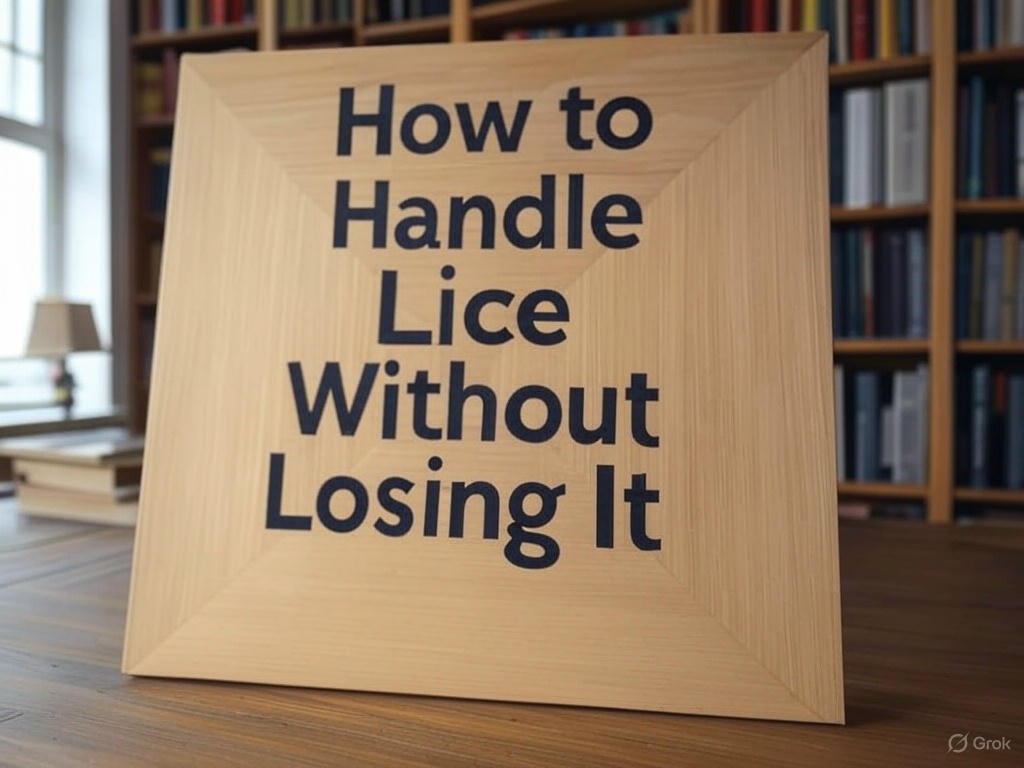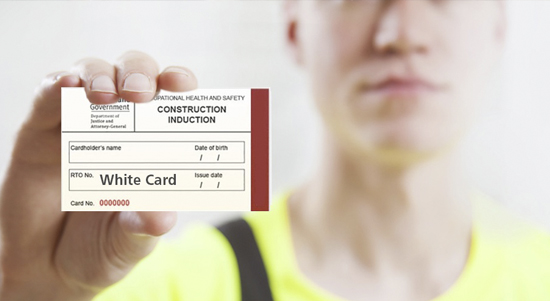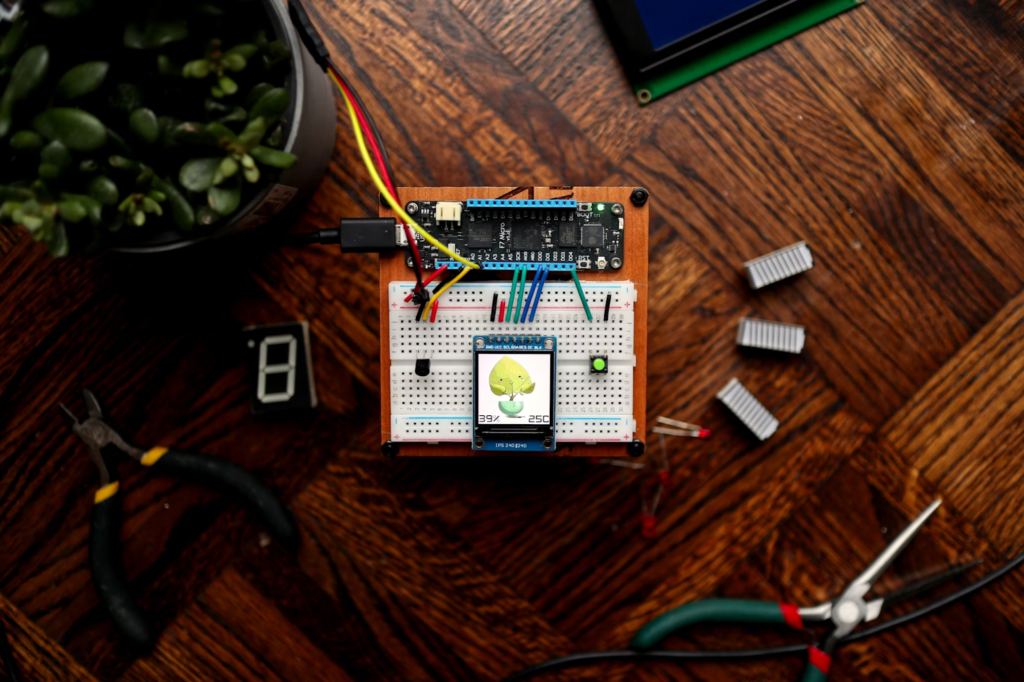Head lice are tiny bugs, but they can cause big stress—especially for families with school-aged kids. These little pests don’t care about how clean your hair is. They just want a warm head to live on and plenty of strands to grab onto. Whether you’re dealing with lice for the first time or the fifth, this guide will help you handle it calmly, quickly, and correctly.
Common Causes of Lice Infestation
How Lice Spread in Schools and Daycare
Head lice, or Pediculus humanus capitis, love places where kids are close together—like schools, daycares, and camps. Lice don’t jump or fly. They spread through head-to-head contact. That’s why kids who share tablets, headphones, pillows, or hugs are more likely to pass lice to each other.
Risk Factors at Sleepovers, Camps, and Travel
Group activities outside of school—like summer camp or a sleepover—are hotspots for lice outbreaks. Shared sleeping bags, hats, or combs can make it easy for lice to travel from one scalp to another. Families traveling abroad may also encounter regional lice strains that are resistant to some treatments.
Signs Your Child May Have Lice
Physical Symptoms vs. Psychological Itch
The most common sign of lice is itching on the scalp, especially around the ears and the back of the neck. But not everyone feels itchy right away. Some people may go weeks before they feel a thing. If your child says their head feels “tickly,” it’s worth checking.
Misdiagnosing Dandruff or Dry Scalp as Lice
Lice eggs (called nits) can look like dandruff, but they’re different. Nits stick to the hair shaft and don’t flake off easily. Dandruff is loose and falls off the scalp when touched. A fine-toothed comb can help you spot the difference.
Home Remedies vs. Professional Treatment
What Works and What’s a Waste of Time?
There’s a lot of advice out there about using mayonnaise, olive oil, or vinegar to smother lice. Some of these methods can slow lice down, but they don’t always kill the eggs. Many home remedies take hours and don’t guarantee results. You might spend more time re-treating than solving the problem.
Natural Oils, Vinegar, and Myths Debunked
While tea tree oil and lavender have been promoted as natural treatments, they aren’t strong enough to clear a full infestation. Vinegar can loosen nits from hair, but it won’t kill lice. Relying on home remedies alone may stretch the problem out longer than needed.
Best Lice Treatment Options in 2025
Over-the-Counter Products That Actually Work
Over-the-counter (OTC) lice shampoos are often the first choice. Look for products containing pyrethrin or permethrin—they kill live lice but might not kill all the eggs. You’ll need to repeat the treatment after 7–10 days to catch any newly hatched lice.
Some newer OTC options use silicone-based formulas like dimethicone, which work by suffocating lice. These are often less irritating and don’t rely on traditional insecticides.
Pros and Cons of In-Clinic Lice Removal Services
In 2025, many families turn to professional lice clinics for fast results. Clinics often use heated air devices that dry out lice and nits in one session. These treatments can be pricey, but they’re chemical-free and usually more effective. The downside? Not every city has a clinic nearby, and insurance rarely covers it.
Preventing Lice After Treatment
Cleaning Your Home and Belongings Properly
Lice can’t live long off the scalp, but it’s still smart to wash things like pillows, bedding, hats, and hair brushes in hot water. Items that can’t be washed should be sealed in plastic bags for at least 48 hours. Vacuum floors and couches where hair might have fallen.
Teaching Kids Lice-Preventive Habits
Kids should be taught not to share personal items like combs, hats, and headphones. Encourage them to keep long hair tied up during school or group activities. A quick daily check of the scalp during outbreak season can stop lice before they spread.
Emotional Toll of Lice on Families
How to Talk to Kids About Lice Without Shame
Lice aren’t a sign of being dirty. It’s important to remind kids (and adults!) that anyone can get lice. Use calm language and reassure your child that lice are common and treatable. The goal is lice removal—not blame.
Dealing with Social Stigma in Schools
Even though lice are harmless, they still carry a social stigma. Parents sometimes worry that their child will be teased. Schools should handle cases with privacy and care. If your child is sent home, ask the school to help educate the class in a non-shaming way.
School Policies and Legal Obligations
Do Schools Still Have “No-Nit” Policies?
Many U.S. schools have moved away from strict “no-nit” rules, which once required kids to stay home until every nit was gone. The American Academy of Pediatrics (AAP) recommends allowing kids back to school after proper treatment—even if some nits remain.
Your Rights as a Parent if Your Child Is Sent Home
If your school still follows outdated policies, you have the right to ask for clarification. Ask for a copy of the lice policy and bring it to your pediatrician for guidance. Some states even have laws preventing schools from excluding students with nits.
Conclusion: Clean Heads, Clear Minds
Getting rid of lice doesn’t have to be a nightmare. With the right tools, a little patience, and a calm approach, lice can be gone in just a few days. Remember: you’re not alone. Millions of families in the U.S. deal with lice each year. Whether you choose an at-home kit, a professional service, or both, stay positive—and remind your kids that lice are just a bump in the road, not the end of the world.






